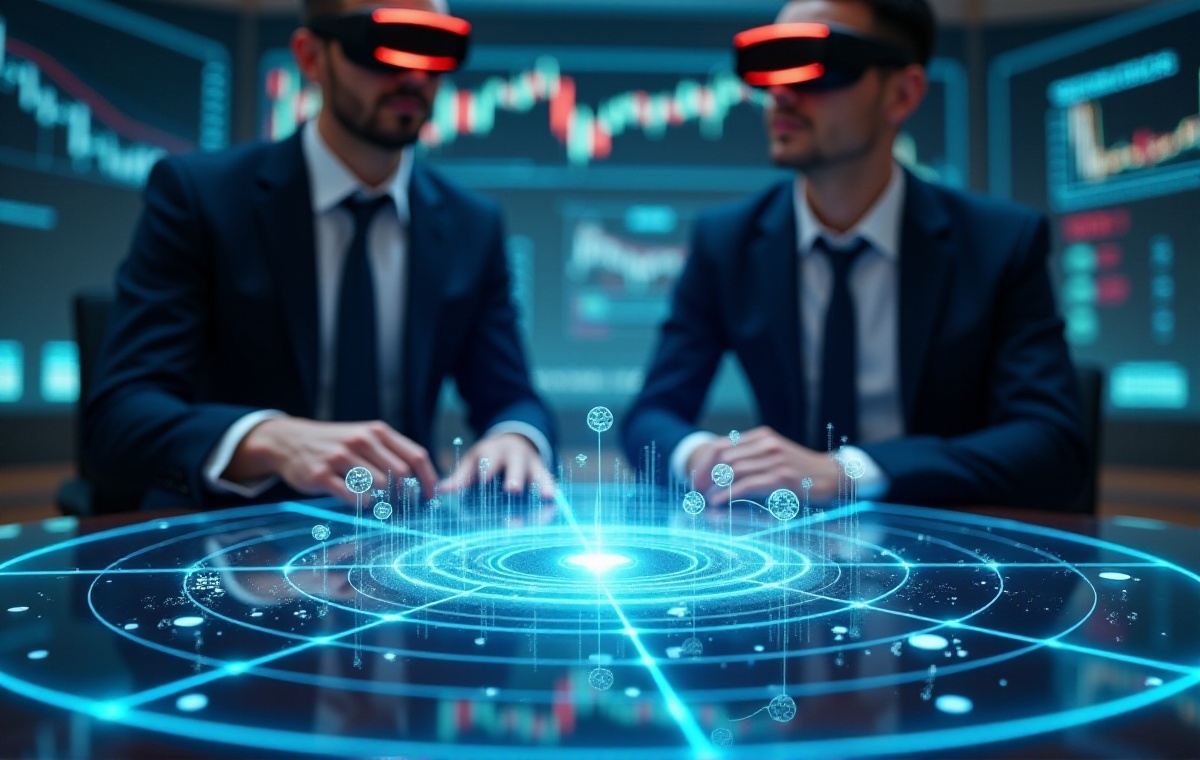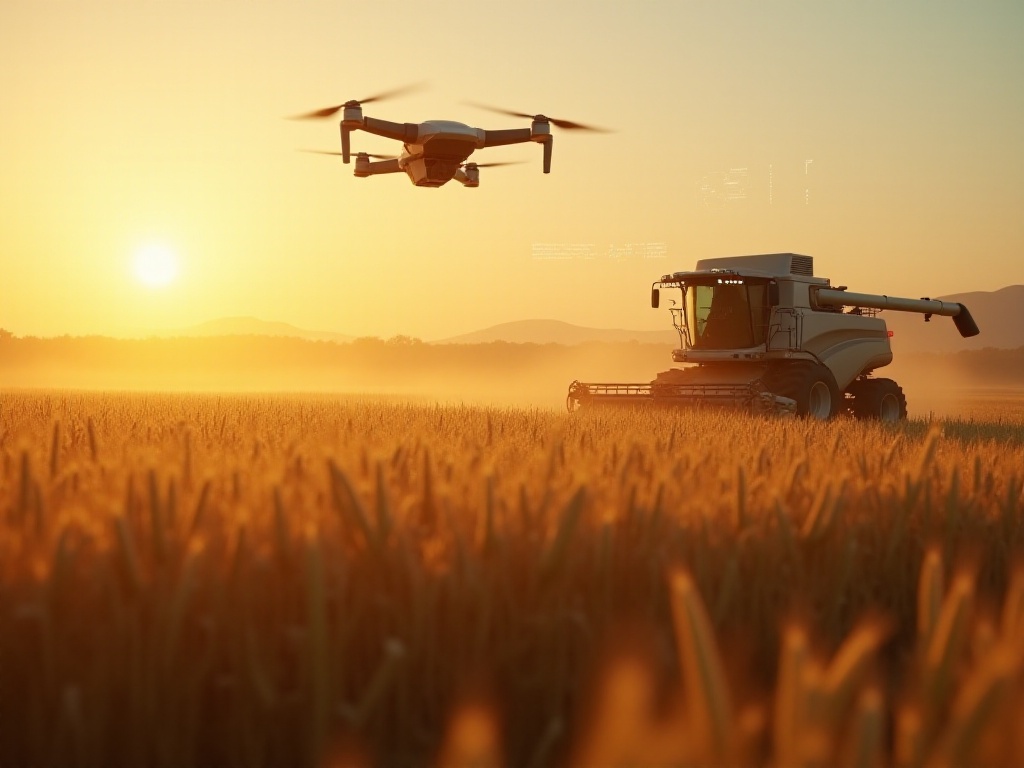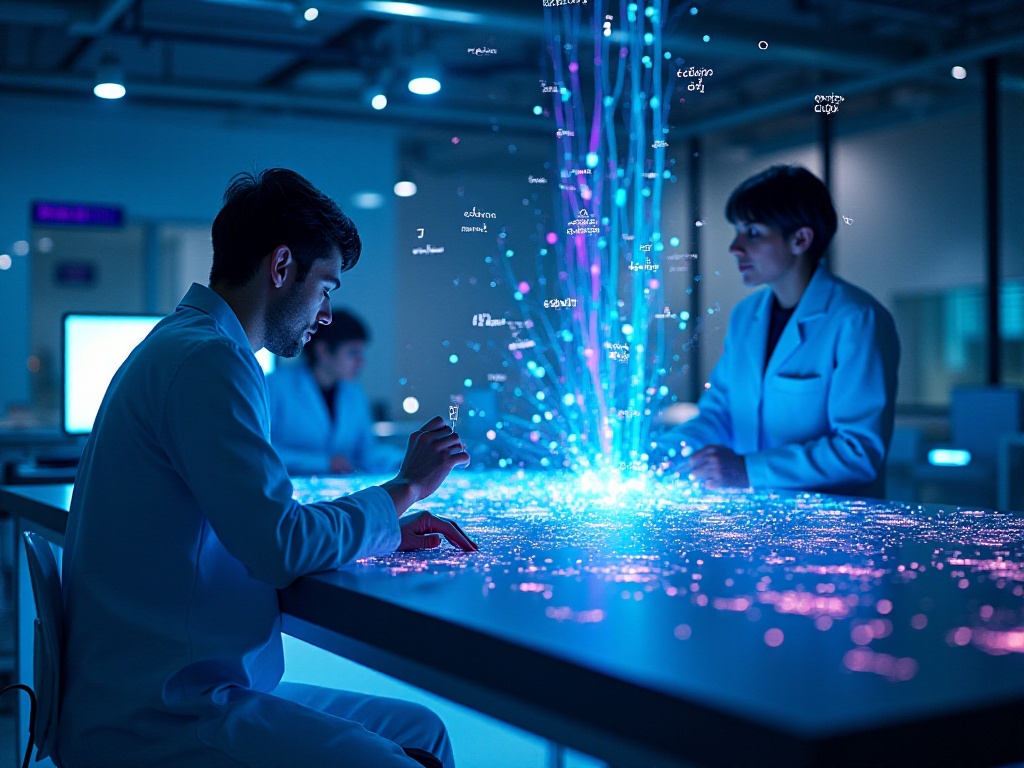Introduction
Recently, I've noticed more and more friends getting into AI art, even my roommate who never touched design is tinkering with it all day. Honestly, as someone who frequently works with AI, I'm truly amazed by how quickly AI art is developing. Let's talk about this topic that's both exciting and somewhat unsettling.
Technical Evolution
Speaking of AI art development, I need to start with what happened in 2014. When GAN (Generative Adversarial Networks) first came out, I remember wanting to laugh when I first saw GAN-generated images because they were as blurry as if they were pixelated, with distorted faces that looked particularly eerie. If you search online for AI-generated images from that time, you'd probably think they look like children's doodles.
But now? Just open Stable Diffusion or DALL-E, input a few keywords, and within minutes you can generate a high-resolution image that rivals professional photographers' work. This development is faster than a rocket. The first time I used Stable Diffusion, I remember entering the prompt "a cat wearing sunglasses playing piano," and the generated image amazed me. The cat was wearing Ray-Ban sunglasses, elegantly sitting at the piano with its paws on the keys, looking particularly cool. But looking at those generated images now, honestly, they seem quite rough compared to what's possible today.
To illustrate just how fast AI art technology has progressed, let me give you an example. This time last year, if you wanted to generate a human figure, those AI-generated characters would always have strange issues, like incorrect numbers of fingers or disproportionate facial features. But now, as long as your prompts are well-written, you basically won't see these basic errors anymore. Moreover, current AI can not only generate basic images but also achieve advanced functions like style transfer, image restoration, and local redrawing.
What amazes me most is AI's ability to handle details. For instance, if you want an image of "rainy Paris streets," AI will not only draw the Eiffel Tower and iconic buildings but also meticulously represent the ripples of rain hitting the ground, figures hurrying past with umbrellas, and even perfectly capture the reflection of shop window lights on the wet ground. This level of detail reproduction, honestly, sometimes shocks even someone like me who works with AI regularly.
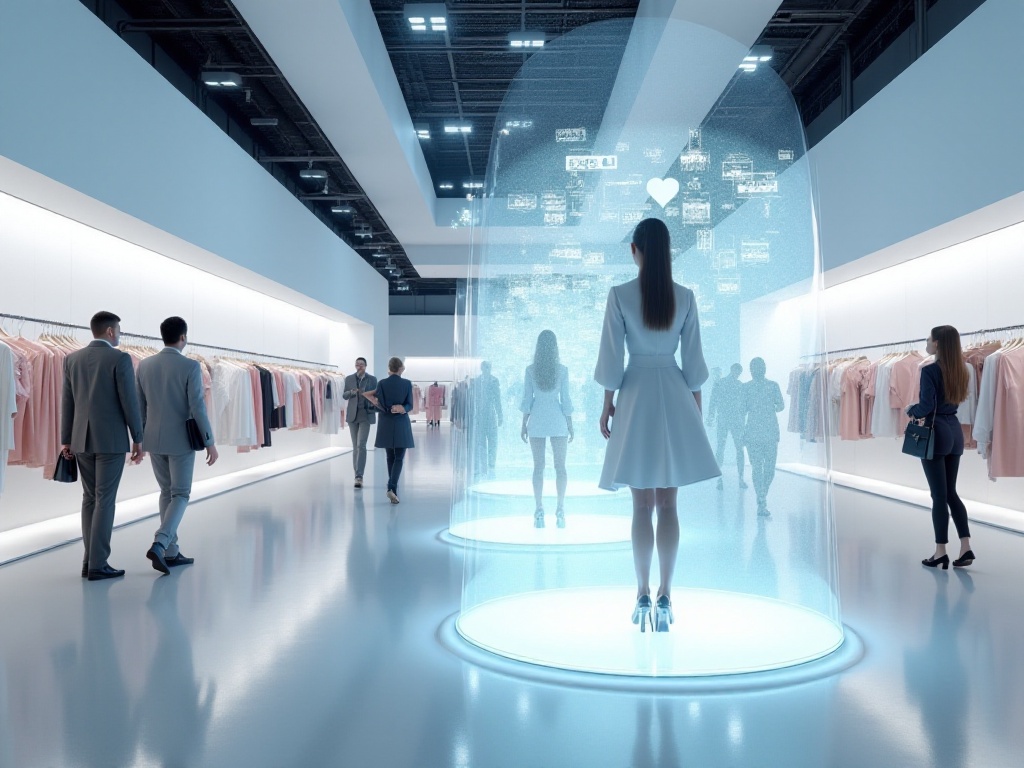
Application Scenarios
AI art has now quietly penetrated various aspects of our lives. Recently, while browsing e-commerce platforms, I discovered that many product images are actually AI-generated. From what I understand, about 30% of product images on e-commerce platforms now use AI technology. That's not a small number!
Take the fashion industry for example. Previously, to showcase different styling scenarios for a piece of clothing, you either had to have models shoot on location or hire professional photographers for post-production, both of which were very time and effort-consuming. But now? Designers just need to input a few keywords, like "white dress + urban street photography + sunny day," and AI can generate a series of different style scene images in minutes. And these images are of such good quality that you can't tell they're AI-generated.
It's not just the e-commerce sector; the gaming industry is also extensively using AI art technology. A friend of mine who works at a game company told me they now use AI to generate concept art and scene sketches. While it used to take several days to draw one concept piece, now they can generate a batch of reference sketches in just minutes. Although these AI-generated images might not be used directly in games, they're incredibly convenient for early conceptualization and proposal discussions.
The advertising industry has also started using AI art technology. For instance, when creating a product promotional poster, designers can first generate dozens of different style versions using AI, select the best ones, and then refine them. This not only greatly improves work efficiency but also sparks more creative inspiration.
The education field has begun experimenting with AI art as well. I recently saw an interesting application case where teachers used AI art to teach history to elementary school students. For example, when teaching about Qin Shi Huang unifying the six states, they directly generated a series of related historical scene images using AI, making abstract historical knowledge vivid and interesting. This teaching method is particularly popular with students because AI-generated images are often imaginative and can spark students' interest in learning.
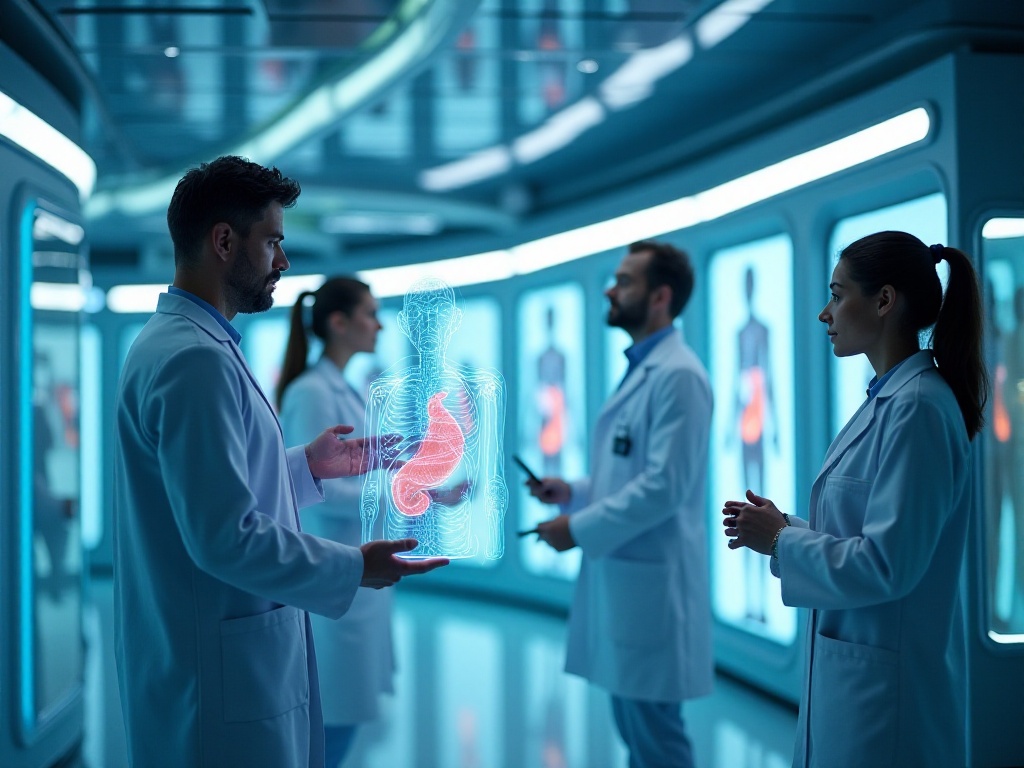
Industry Impact
Speaking of AI art's impact on the industry, it's truly revolutionary. I recently had coffee with a friend who's been in graphic design for over ten years, and he had a lot to say about this topic. He mentioned that after his company introduced AI design tools last year, their work efficiency skyrocketed, improving by at least 200%. Projects that used to take a week can now be completed in two or three days. This not only allowed the company to take on more orders, but actually reduced employee work pressure.
However, this transformation also brings many new challenges. The most obvious is how the role of designers is changing. Previously, designers' main work was creating from scratch, but now it's more about learning how to collaborate with AI. As my designer friend said, he now feels more like an "AI trainer," needing to constantly try different prompts and adjust various parameters to get AI to generate work that meets requirements.
Moreover, many companies now look for familiarity with AI design tools in addition to traditional design software when hiring designers. Recently, when looking at job postings, I noticed many position descriptions specifically require "proficiency in Stable Diffusion" or "experience with DALL-E." This shows that AI art technology has become an essential skill in the design industry.
However, not all designers are adapting well to this change. I know several senior designers who feel AI will diminish the artistic value of design and worry that the design industry will become monotonous. But I think these concerns are unnecessary. Because no matter how powerful AI becomes, it's still just a tool. Truly excellent design work still requires designers' creativity and aesthetic judgment.
Take logo design for example. Although AI can generate various logo proposals, selecting the most suitable one still requires a designer's professional judgment. Often, AI only generates an initial proposal that needs designers to do secondary creation and optimization. So rather than saying AI will replace designers, it's more accurate to say it's helping designers break free from repetitive work, allowing them to focus more energy on improving creativity and artistry.
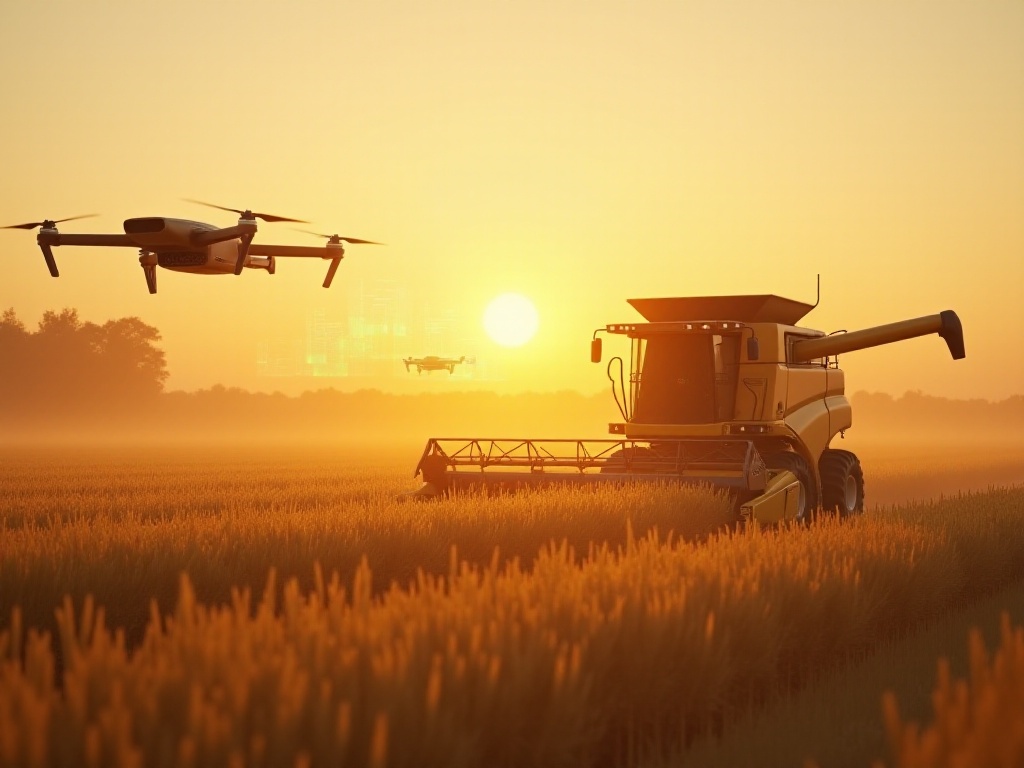
Future Outlook
Speaking of AI art's future development, it's truly exciting. Although current AI art technology is already impressive, honestly, there are still some issues. For instance, when handling facial features, sometimes unnatural situations occur, especially when drawing hands, where finger deformities or incorrect numbers of fingers often appear. However, at the current pace of development, industry experts predict these issues should be resolved before 2025.
Moreover, AI art's application scenarios continue to expand. People are now trying to use AI to create animations. Imagine, in the future, we might only need to describe a story plot with voice, and AI could automatically generate an animated short film - isn't that cool? Statistics show that over 5 million designers worldwide are now using various AI art tools, and this number is growing by 20% every quarter. This indicates that AI art is no longer a niche technology but is becoming a new creative standard.
What I find particularly interesting is how AI art is changing people's perception of artistic creation. Previously, we thought creation was a process requiring professional skills, but now through AI, everyone can become a creator. I recently saw some sci-fi illustrations drawn by a middle school student using AI, and the quality was comparable to professional artists, which really made me imaginative about the future.
However, ultimately, the development of AI art isn't about replacing human creativity, but about expanding our creative possibilities. Just like how many artists now use AI as a creative tool, they first use AI to generate some basic materials, then recreate based on their artistic concepts. This human-machine collaboration model, I believe, is the future mainstream.
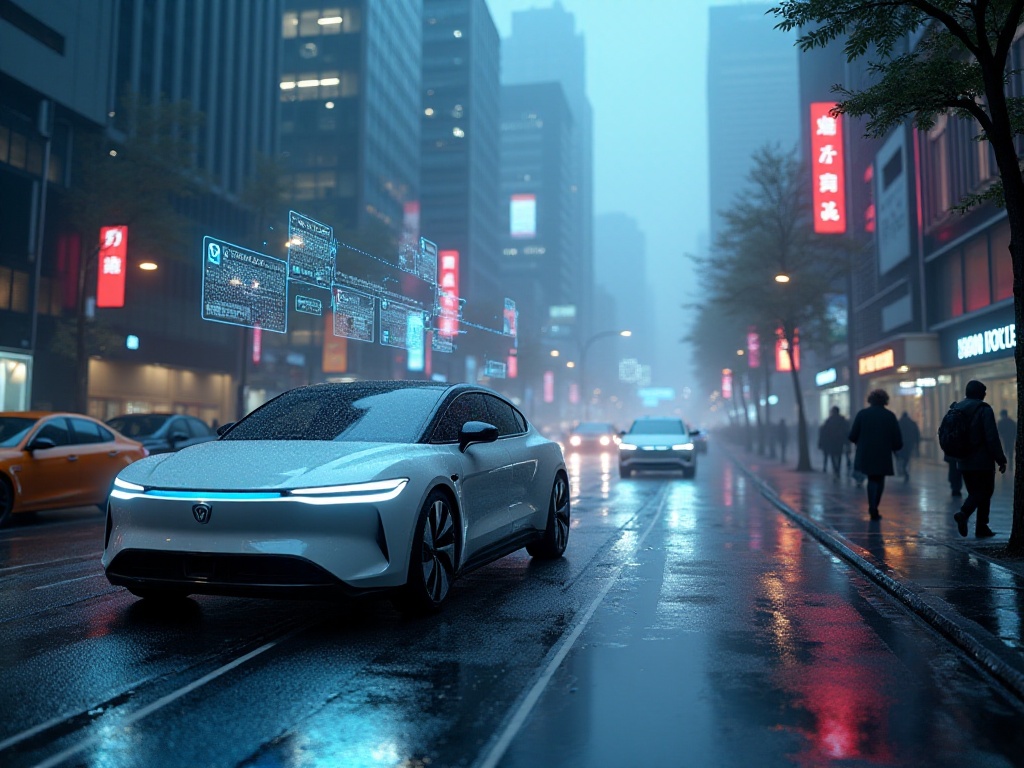
Practical Advice
Since we're on this topic, let me share some experience for friends who want to try AI art. First, don't start by trying to draw very complex scenes; it's better to start with simple ones. For example, you can first try generating simple icons or background images, gradually getting familiar with AI's "temperament."
The quality of prompts is particularly important, as it directly determines the generation quality. I usually divide prompts into three parts: subject description, style description, and detail description. For example, if I want to draw a cat, I would write prompts like this: "an orange Persian cat (subject) + oil painting style, warm lighting (style) + sitting on a windowsill, with a green plant beside it, sunlight shining through the window onto the cat (details)." This layered description helps AI better understand the effect you want.
Also, learn to use negative prompts. This feature is particularly useful as it tells AI what elements you don't want in the image. For example, if you don't want a blurry background, you can add "blur" to the negative prompts.
Parameter adjustment is also important. Different parameter settings produce different effects. For instance, more sampling steps mean richer image details but also take more time. I suggest everyone try different parameter combinations to find the settings that best suit their needs.
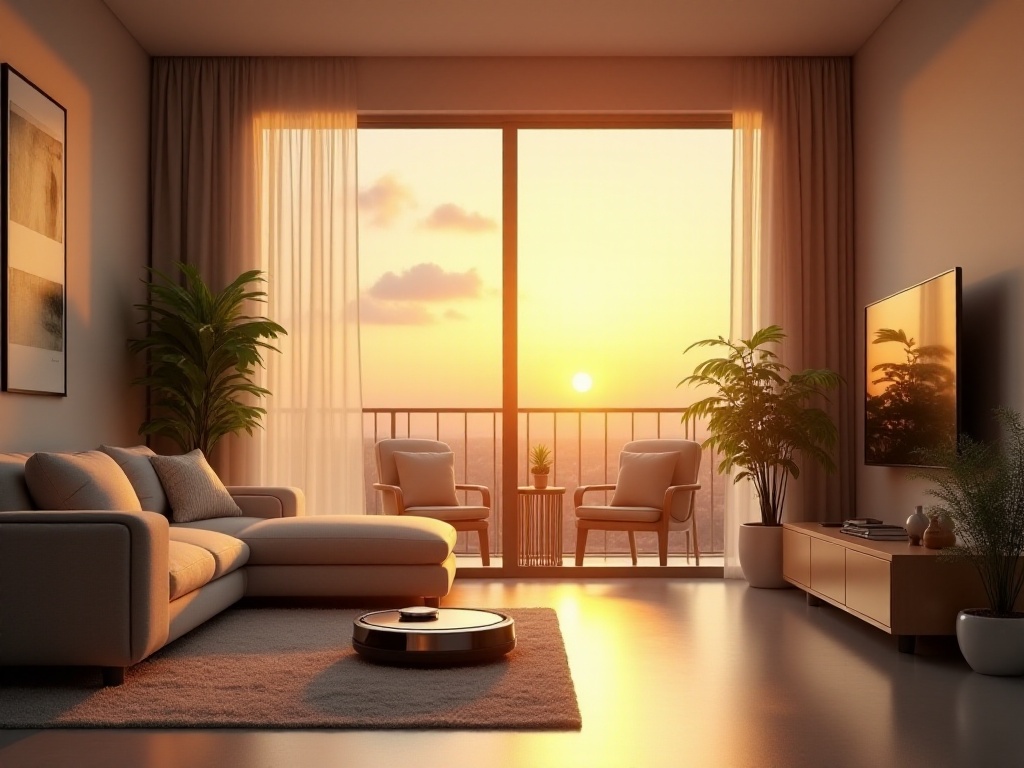
Conclusion
Watching the rapid development of AI art technology, I really feel like I'm witnessing a revolution in artistic creation. This technology not only changes how we create but more importantly allows more people to participate in creation.
Although some people still worry that AI will affect the purity of artistic creation, I think technology and art have never been opposing forces. Just like when photography technology first appeared and was questioned about whether it would replace painting, history has proven that each technological innovation brings new possibilities for artistic creation.
So rather than worrying about what AI might replace, we should think about what it can help us create. After all, this isn't just a technological innovation, but an extension of human creativity. Let's look forward to more surprises brought by AI art.

